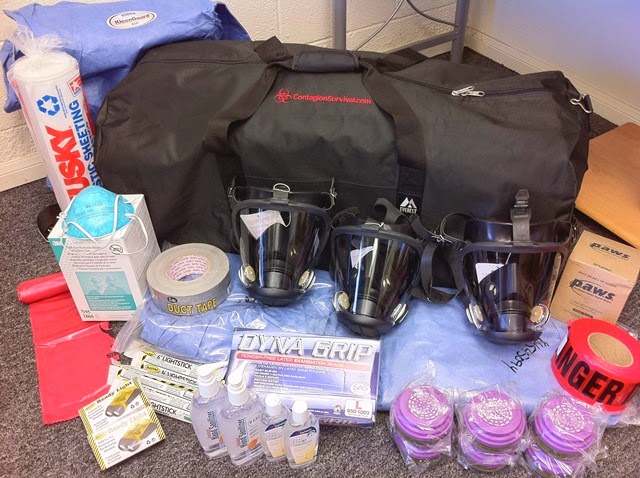In a SHTF scenario, especially those of extended duration, keeping up your personal hygiene can mean the difference between life and death. If you are not keep you and your gear clean, then you are more susceptible to sickness, disease, and infection. In these scenarios you will be lucky to find some of the soap products in local stores as other will be needing them too.
So why compete with others over the last few bars on the store shelves, when you can manufacture your own bulk supply as easy as you can make dinner for your family. Another plus of making your own soap over store bought is, you can know exactly what is in the product that you will be using on you and your family. Home made soap is also customizable, in color, shape, and scent.The process I will be going into can be done in not just a kitchen, but out in most wildernesses as well.
So, how do you make your own soap? The easiest way, and from complete scrap, is with hard wood and animal fat. The animal fat can be gathered from whatever scraps of meat and meat drippings you happen to have on hand. And it is the ashes of hard wood actually, as soft woods are too resinous to mix with fat. The lye within the ashes is the key ingredient taken from the hard wood ash. This is a technique that some of you may be familiar with, if you are frequent campers, as an old camping trick for cleaning cooking pans and pots is to throw some of your fires white ashes mixed with some of the cooking fat byproduct into a crude soap, good for ruff washing cook ware.
The process I will be going over is an improvement to this "hard soap" technique, and will be a lesson on the making of "soft soap" bars, meant to be used for the cleaning of people and clothing.
Step One: Making Lye
The above diagram is a very basic way to filter and procure lye, however, I am going to focus on how to make both lye and soap in a kitchen environment.
First, you want to boil the hard wood ashes in a little soft water, rain water is usually best, for about thirty minutes. Next, allow the ashes to settle to the bottom of the pan. Next, you want to skim the liquid lye off of the top. This can be done daily until you have gathered enough of the weak solution, then start the soap making process by boiling the liquid down until it can float an egg.
WARNING: You do not want to use any aluminum pots, pans, or dishes for this process, as the lye will eat through and destroy them.
Step Two: Rendering Tallow or Lard
You now want to place the meat fat, leftover cooking tallow/lard and vegetable oil, into a kettle, not to exceed the half full point, then heat it all until all of the liquid had been rendered out of the solid pieces. Then strain out the pieces, leaving only clean liquid.
Step Three: Bringing it all Together
While the meat tallow/lard is still hot, you want to add it to the bubbling lye, and continue to boil the mixture, stirring it at regular intervals, until it reaches a thick mush.
At this point you then can choose to either pour the mushy mixture into separate molds, or into one large dish, which you can cut up after it cools. You will want to cover the bottom of the dish or wooden box with either wax paper or grease, to prevent the soap from sticking.
So this is how you make the most basic soft soap. Recipe amounts can vary on preference and resources. I would recommend that you tryout a few different mixture ratios until you find one to your liking.
Stay prepared, stay safe!









